Chapter 3. test
Introduction
Reading Visuals: Contrast
© 2018 Macmillan Learning
Contrast: Define
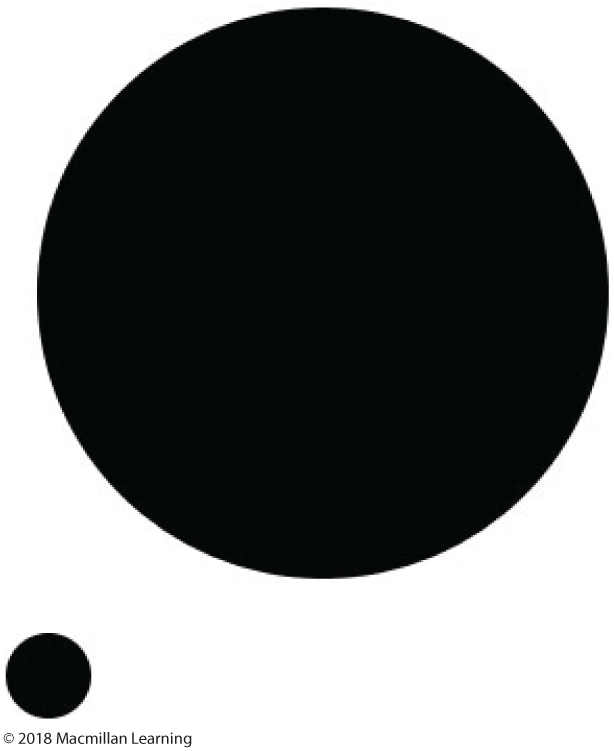
Here you see contrasting size and color—a large circle against a small one and black against white.
Contrast: Define
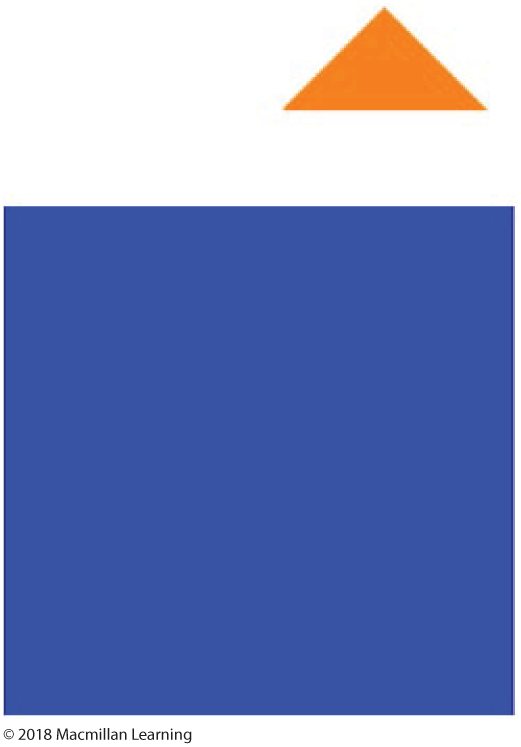
Here you see contrast in color, shape, and size.
Contrast: Define
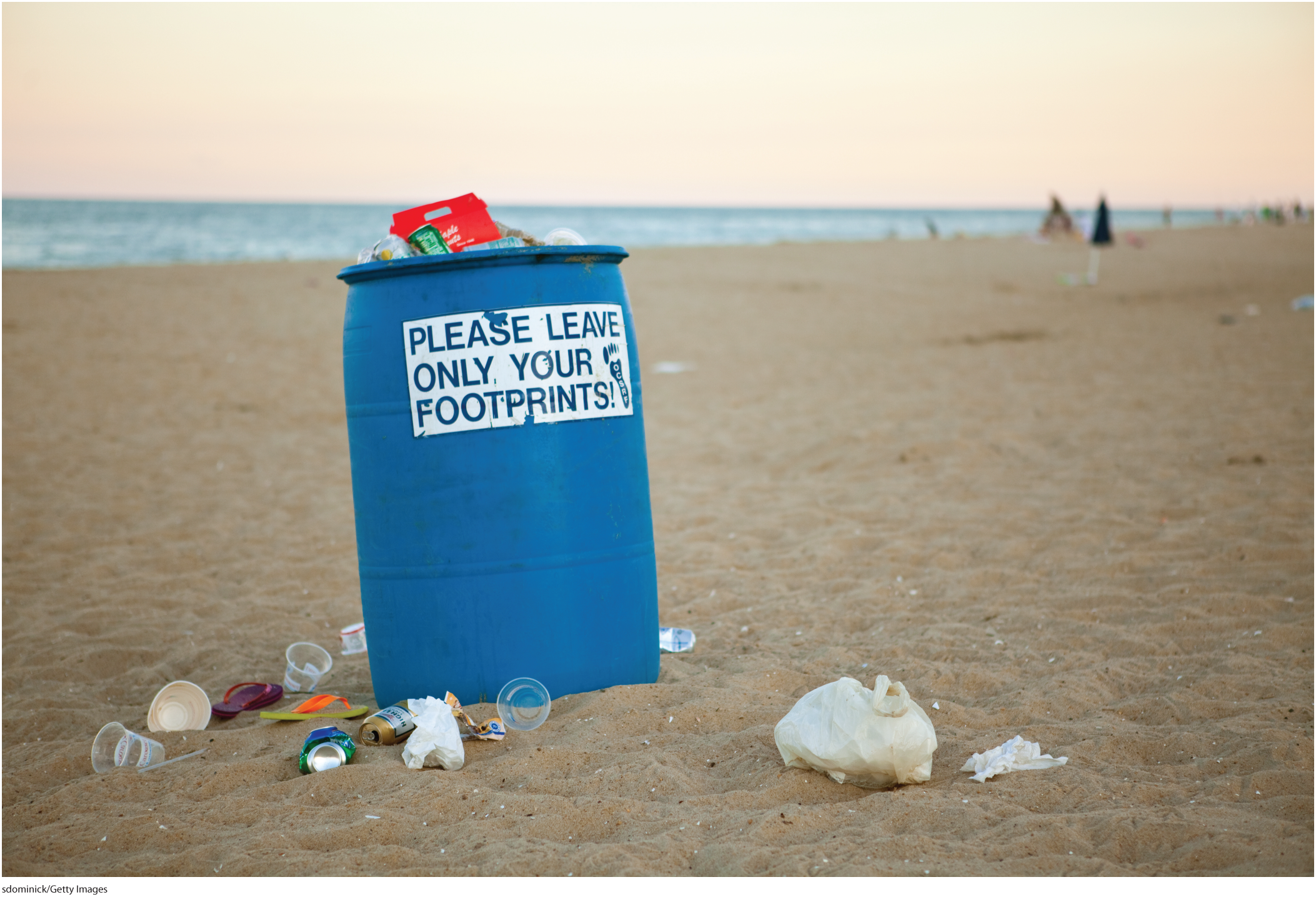
Credit: sdominick/Getty Images
Contrast can exist not only in color, shape, and size, but also in the messages conveyed by different elements. In this photograph, the contrast is between the message, “Please leave only your footprints,” and the strewn-about garbage.
Contrast: Define
In this clip from a video, “Call for Papers,” created for an undergraduate journal, the contrast is between the retro 1960s-era cartoon and the futuristic computer-simulated voiceover.
Contrast: Analyze
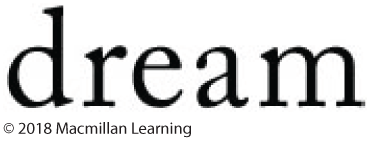
When you think about contrast between elements that share one thing in common, you want to consider points of difference. Think about what connotations the word “dream” creates.
Contrast: Analyze
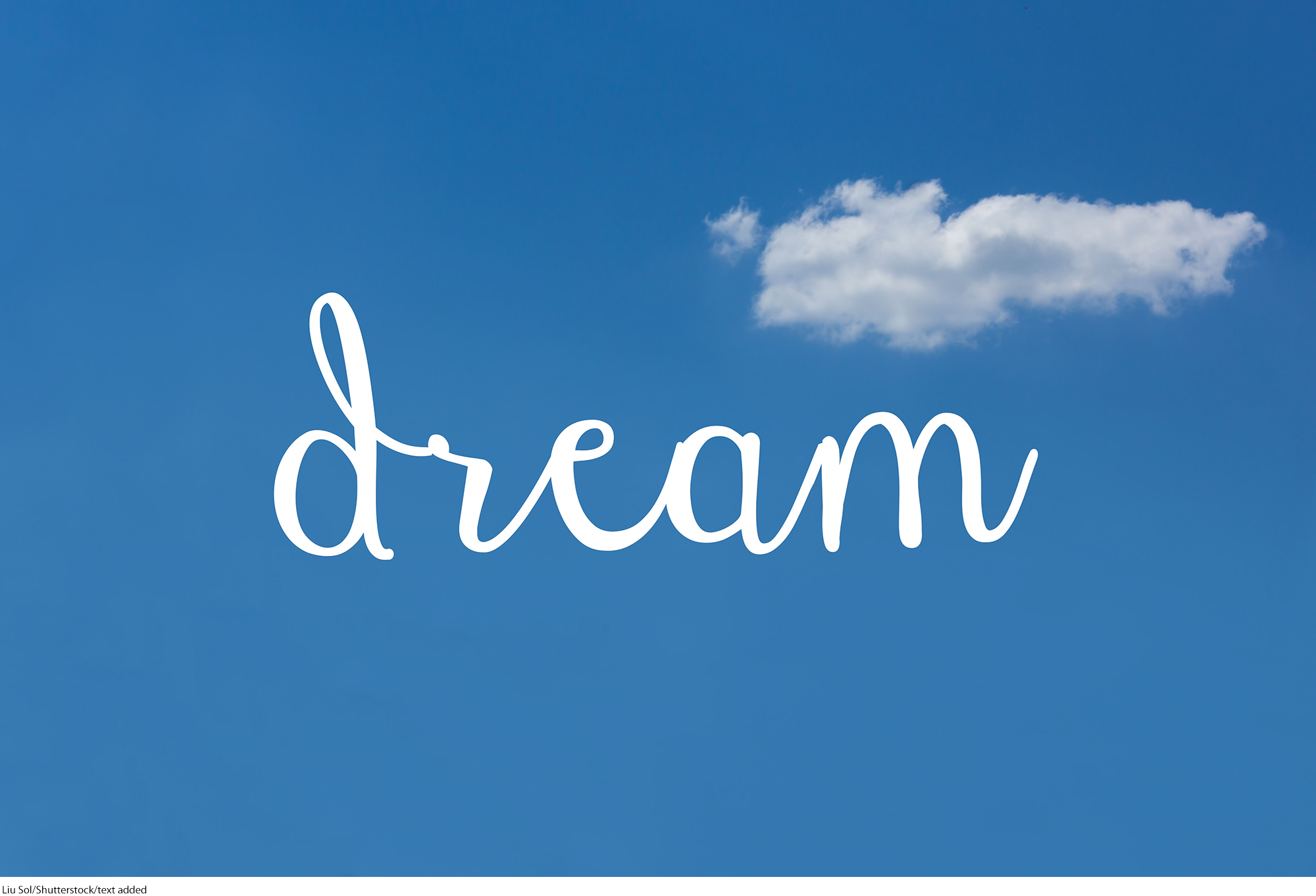
Credit: Liu Sol/Shutterstock
How does the word “dream” contrast against a background like this cloud? Think about how the font and colors carry their own connotations that change how you might read the literal, dictionary definition of “dream.”
Contrast: Analyze
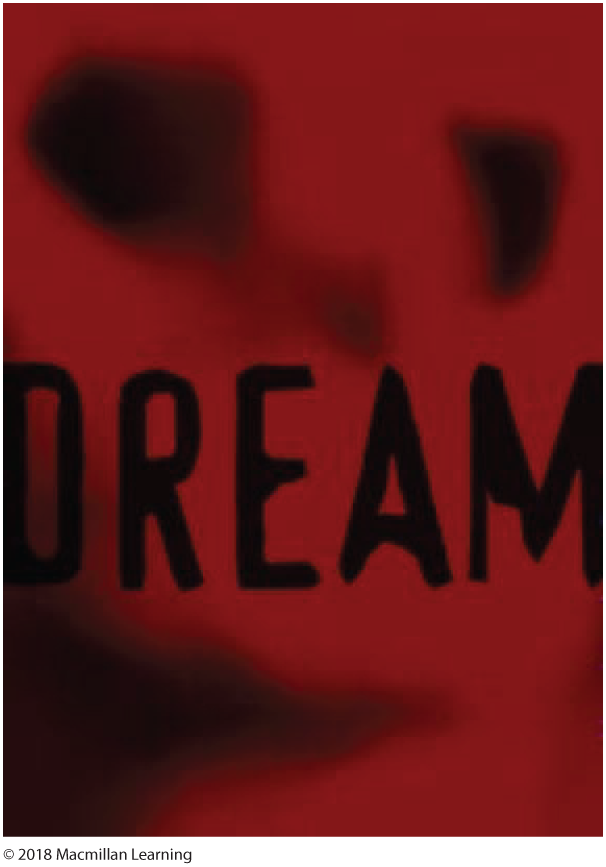
How does this background and font treatment change how you experience the word “dream”? How do the word and background contrast? How does the meaning change when compared to the background of the cloud or to the word by itself? Which stands out more?
Contrast: Respond
As you work through the following questions, you’ll be analyzing how elements connect and contrast using the video “Call for Papers,” from The Journal of Undergraduate Multimedia Projects (The JUMP).
Contrast: Respond
Use the space below to answer the following questions.
Contrast: Respond
Use the space below to answer the following questions.
Contrast: Respond
Use the space below to answer the following questions.